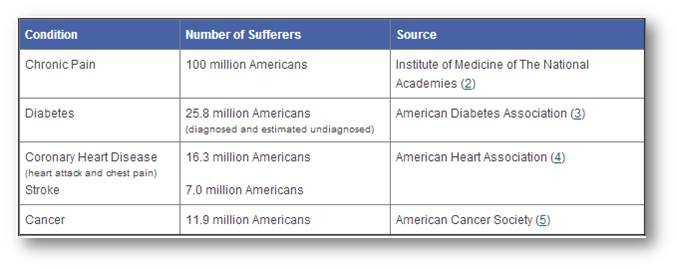By Kevin Murray BSc, CPT, CES
Director of Education
#1 – Education By Way Of Principles
The Pain Free Movement Specialist curriculum is a principle-based outlook on movement and function. Principles are nature’s laws that forever endure, and cannot be broken. Principles are fundamental truths that have universal relevance.
Without principles, there is tremendous temptation to use methods, or other modalities that are not supported by, or based around correct principles.
Foam rolling, tennis balls, thera canes are just some of the modalities that come to mind. Make no mistake, a foam roller can be an excellent tool to guide the process towards creating positive change, but foam rolling itself is not corrective exercise.
When guided by correct principles, we can begin the corrective journey with any client, and be fully competent in guiding them down the direction best suited for their unique needs. It is during this process that we can then create an empowering environment where Pain-Free living is truly possible.
#2 – Understanding The Neuro-Matrix
When working with the client in pain – the nervous system is king. At Function First, we are guided by biomechanics, not ruled by them. Low back pain is much more than “tight hip flexors” or “excessive lumbar lordosis” or “over pronated feet”.
Pain is complex, and we cannot help the chronic pain population with just one simple solution. Understanding that pain is a complex system, we need to remember this principle; the longer an individual has been in pain, the less of a relationship the pain has to tissue damage. What does this mean?
Simply put, your clients’ pain could be related to fear avoidance, biopsychosocial stressors, motor control complications, low irritability thresholds, and the list goes on-and-on.
Pain neuroscience is a critical component behind Function First Mastery, which is why it’s part of both the online curriculum, and the subsequent live events that follow in levels two, three and four.
#3 – 1.5 Billion People Need Our Help
The numbers don’t lie… Heart disease, cancer and diabetes combined does not total the number of folks currently suffering from chronic pain. It’s clear the Health Care system in North America and other industrialized nations are on life support themselves, and cannot keep up with the number of chronic pain patients with the current blueprint.
There is good news however… A consciousness uprising has begun. Individuals are becoming more proactive and taking the initiative to act, rather than be acted upon. People are becoming more response-able (responsible) and are looking for alternatives, a different approach to solving their pain troubles. They want to be empowered and in control of their pain.
The Pain Free Movement Specialist curriculum is built around meeting this objective. At its base, it’s been created for those professionals who demand the most out of themselves; those whose purpose is to inspire and empower through the implementation of crystal clear corrective exercise principles, insights, objectives and outcomes.
#4 – 20 Years & Counting
Since 1994, Function First has been on the cutting edge of corrective exercise innovation and intellect, educating thousands of professionals at conferences, workshops, seminars and mentorships on how to create Pain-Free living through movement.
The Pain-Free Movement Specialist curriculum is the first of its kind, and is the culmination of all that Anthony has learned and assimilated in over 20 years of working with the chronic pain population. A frequent question that inevitably arises at live events is “how can I learn more?” We are so proud to provide this deep and immersive curriculum relating solely to working with the chronic pain population.
From day one of its inception, the purpose behind creating such a comprehensive online curriculum was to provide a backstage pass so we could reveal everything that makes the Function First Approach so powerful, and to make it available on a digital platform. With over 14 hours of content, we have left no stone un-turned.
You – the agents of change who are leading the Pain Free movement have spoken. The Pain-Free Movement Specialist curriculum is now available and we invite you to join us as we break from old traditions, old ways of thinking, and challenge the status quo to better serve this under serviced demographic that desperately needs our help.
